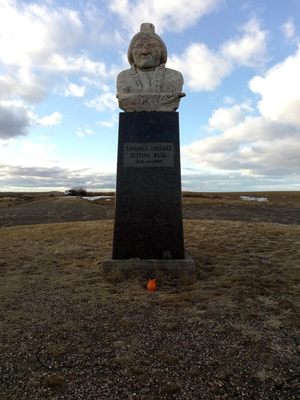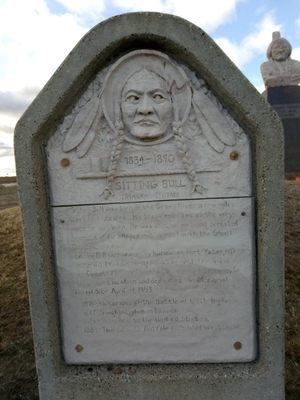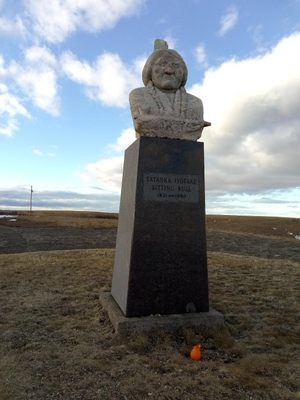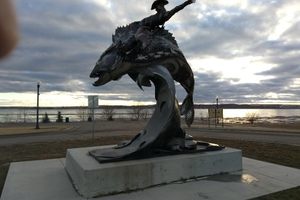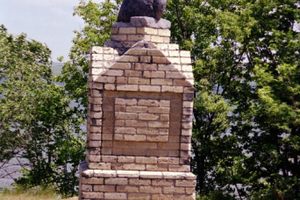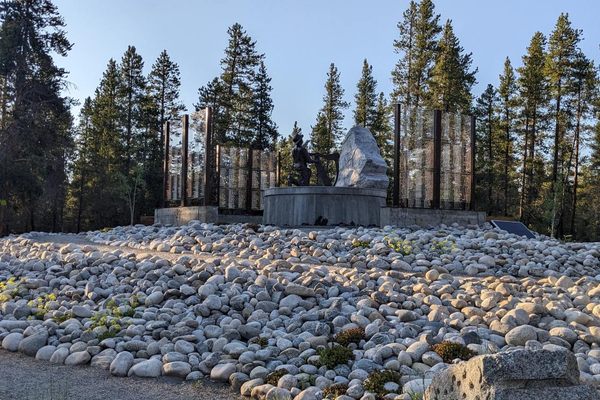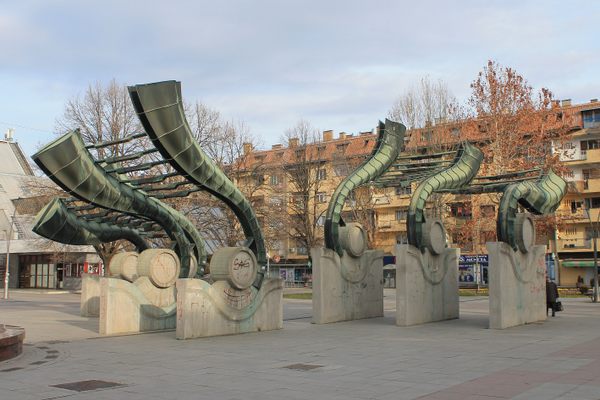About
This spot alongside the western shore of the Missouri River has, since 1953, been the final resting spot of the mortal remains of the acclaimed Lakota military and spiritual leader Tatanka Iyotake (more commonly known by his name's English translation, Sitting Bull).
Sitting Bull was made a chief in the early 1850s. Soon after, he began organizing a movement to resist the United States' westward expansion. He had a vision of a great victory, which came to be true in June 1876 when the combined forces of the Lakota Sioux, Northern Cheyenne, and Arapaho tribes defeated the U.S. Army's 7th Cavalry Regiment. The Lakota and other Plains Indians called it the Battle of the Greasy Grass, while U.S. history books often refer to it as the Battle of the Little Bighorn or Custer's Last Stand.
Following the battle, Sitting Bull moved to territory that had been claimed by Canada for five years before returning to his home territory and surrendering to U.S. authorities. On December 15, 1890, he was shot to death by police who were trying to arrest the Lakota leader to prevent him from attending a Ghost Dance ceremony.
Initially, Sitting Bull was buried by the Standing Rock monument near Fort Yates, North Dakota. Years later, the chief's remains were exhumed and moved to a new burial site closer to his birthplace. The site is memorialized with a statue by the renowned artist Korczak Ziolkowski, who is best known for having initiated the ongoing construction of the Crazy Horse Memorial.
Related Tags
Know Before You Go
The Sitting Bull Monument is located in unincorporated Corson County, just across the Missouri River from Mobridge, approximately twelve miles due south of the Grand River Casino (the turn off for the Monument - SD-1806 - is immediately east of the hotel.) The monument is easily spotted from the highway.
The monument is a gravesite located on the Standing Rock Indian Reservation, so please remember to be respectful.
Published
March 3, 2022


